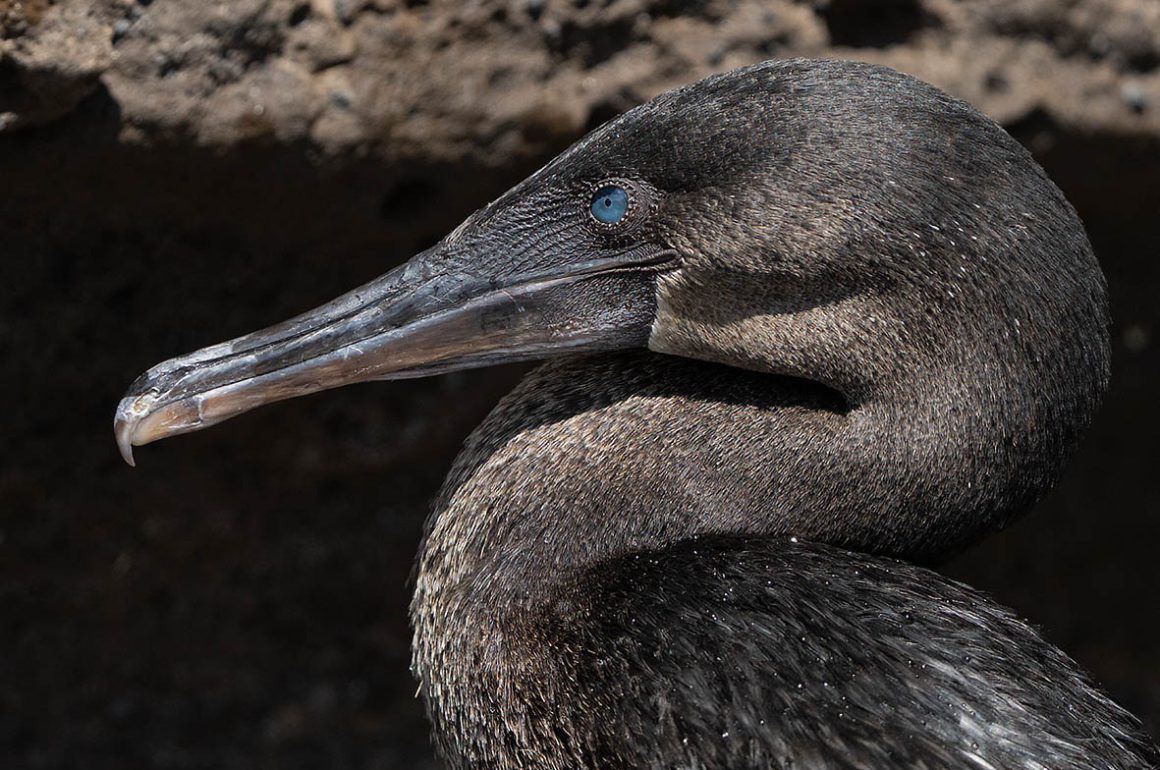
The Galapagos Islands, some 600 km off the Pacific coast of Ecuador, are best known for the species that Charles Darwin took a special note of and which helped him in the formulation of his ideas of evolution by natural selection. Darwin’s finches are high on this list as are the giant tortoises, the marine and the land iguanas. From the perspective of a birder or ornithologist, the seabirds which inhabit these islands are also of great interest. For the bird photographer, the opportunities are ceaseless.
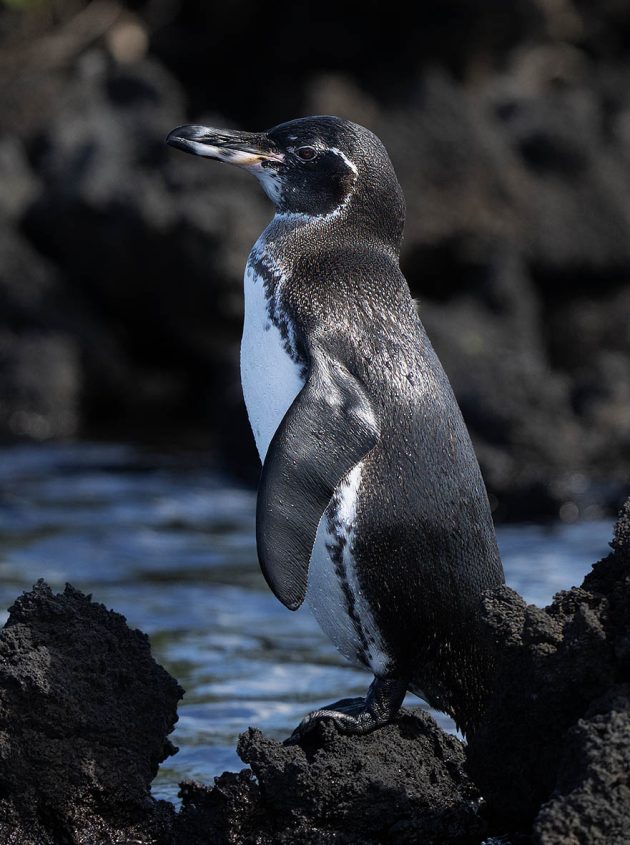
The first bizarre encounter up here, right on the Equator, are the penguins. Galapagos Penguins (Spheniscus mendiculus) are a small species and their main breeding sites are in the west, particularly the islands of Isabela and Fernandina, where the cold Cromwell current provides rich pickings for these birds. It is really strange to see penguins up here, venturing even into mangrove lakes where they swim among sharks and rays!

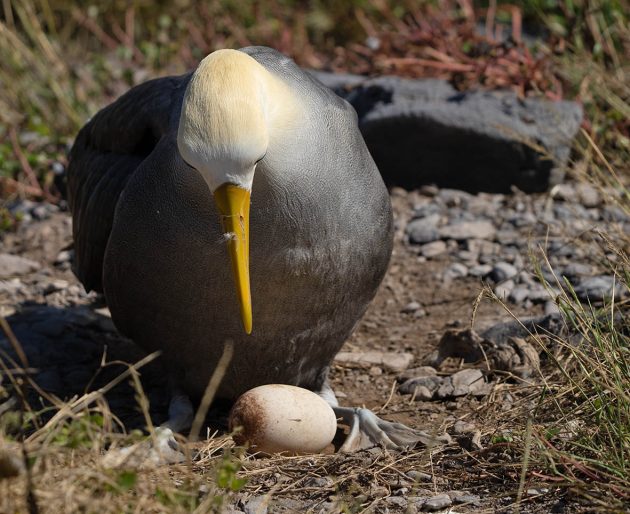
An albatross also reaches these islands – the Waved Albatross (Phoebastria irrorata) only breeds on the southern island of Española and makes use of the cold Humboldt Current. This island is favoured for nesting as it is flat-topped, providing ideal runway conditions for take-off.
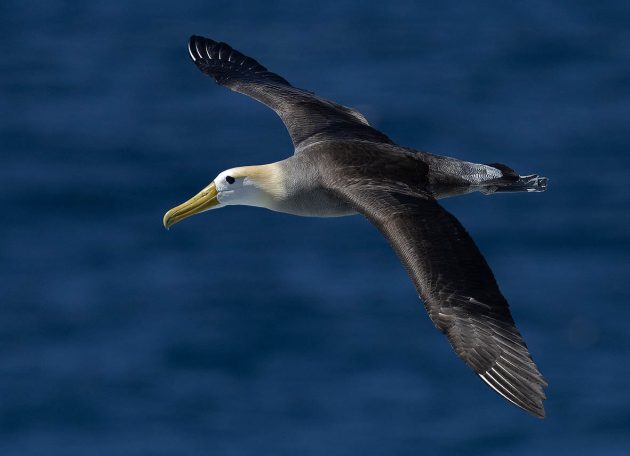
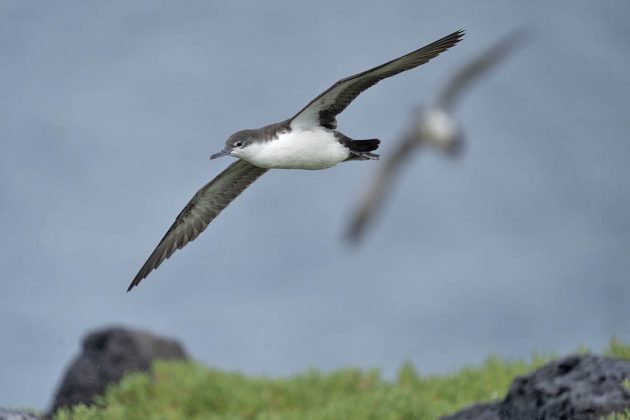
Some seabirds are widespread and present in very large numbers. This is the case of the Galapagos Shearwater (Puffinus subalaris). Used to our own North Atlantic and Mediterranean shearwaters, with their nocturnal habits when approaching the nests sites, I was thrown aback with the behaviour of these shearwaters. Even in broad daylight, they would come up to the nesting cliffs and enter the nests in full view of photographer and avian predators.
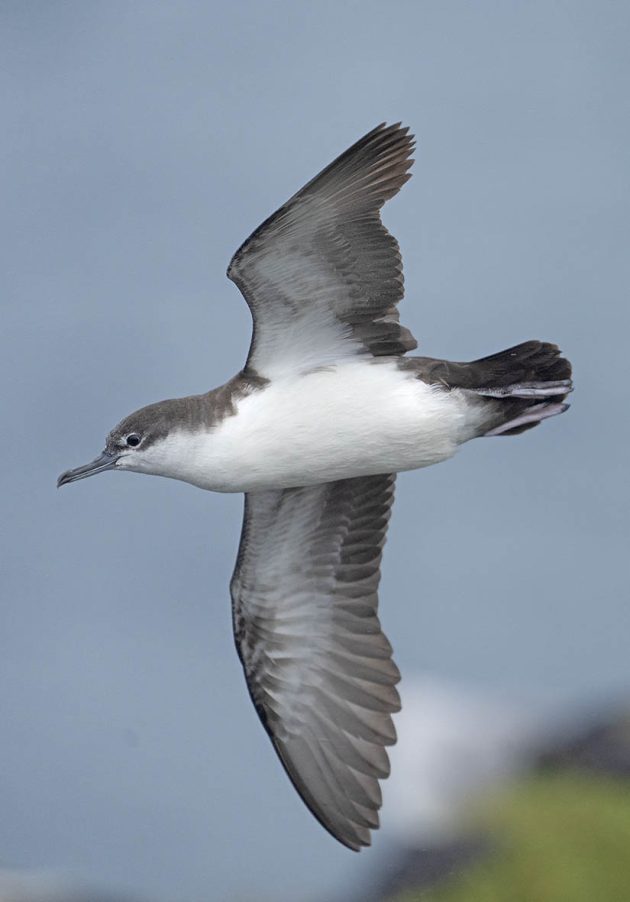
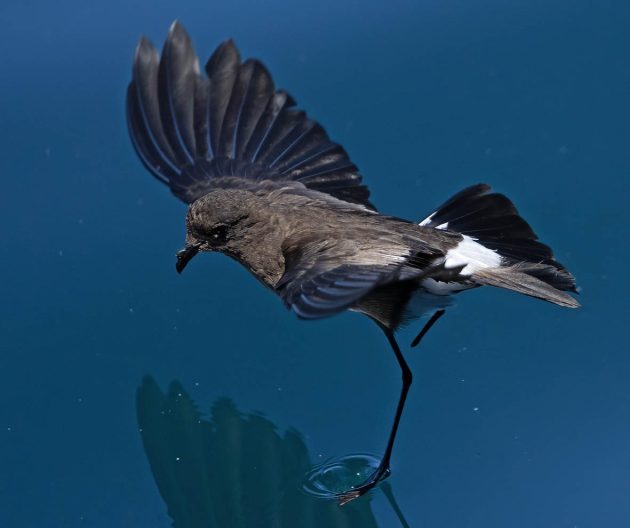
But when talking of seabirds in large numbers everywhere, it is the tiny Elliot’s (or White-vented) Storm Petrel (Oceanites gracilis galapagoensis) that steals the show. No further need for pelagics – these storm petrels are everywhere, even inside coastal lagoons and harbours. They follow boats and are very obliging when it comes to photographic opportunities.
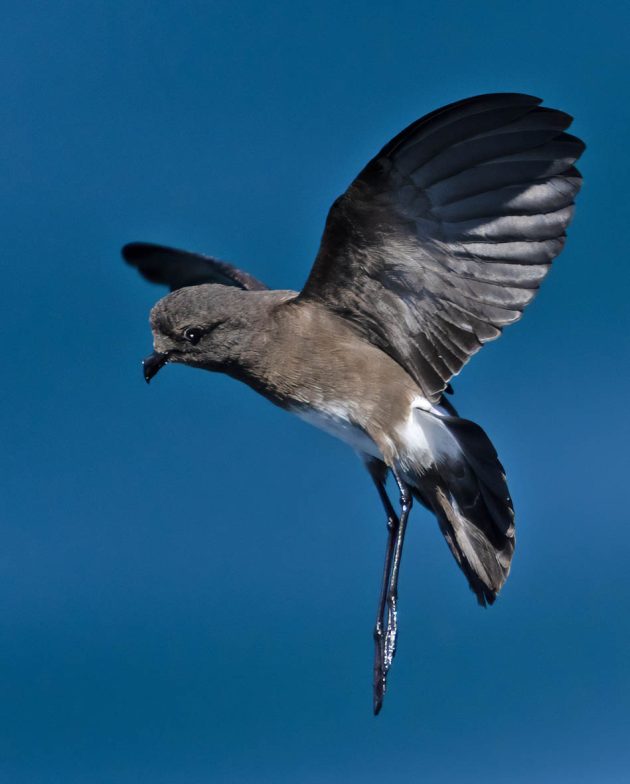
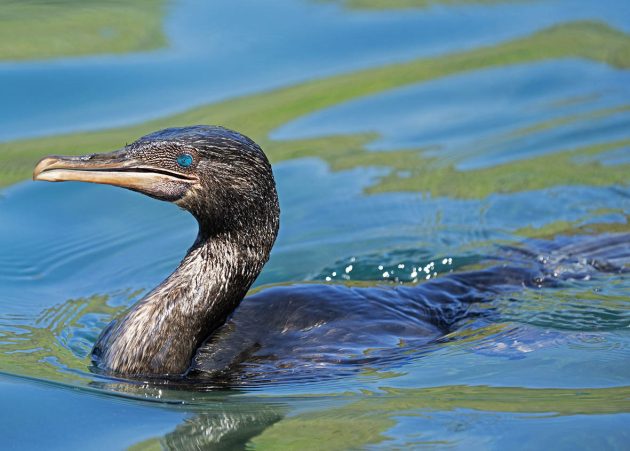
I conclude this first part with another endemic seabird, the Flightless Cormorant (Nannopterum harrisi). Like the penguin, its distribution is closely linked to the Cromwell Current, and you can only find it along the western coast of Isabela and all around Fernandina.
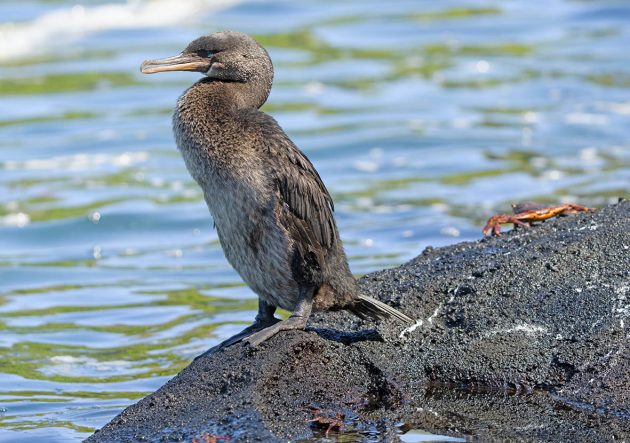


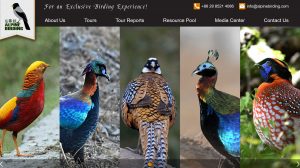
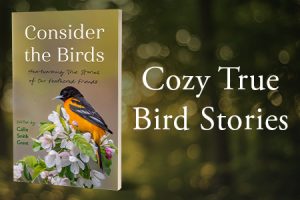
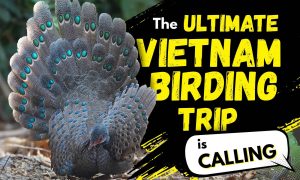

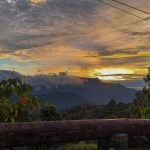
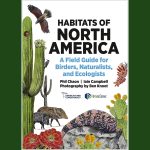



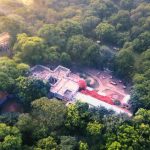
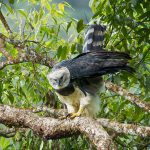
Pingüinos en manglares entre tiburones y rayas, cormoranes no voladores,… parece increíble. Muy interesante.
I wondered why we had heard nothing from Clive for a little while… Super pictures: I especially like the flying Waved Albatross. I look forward to Part II.